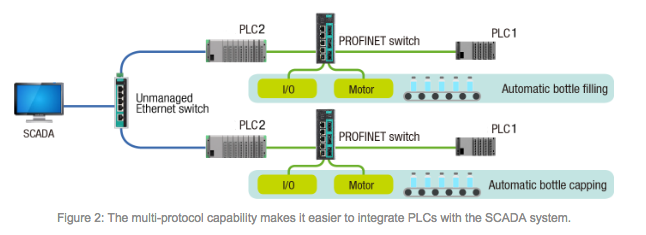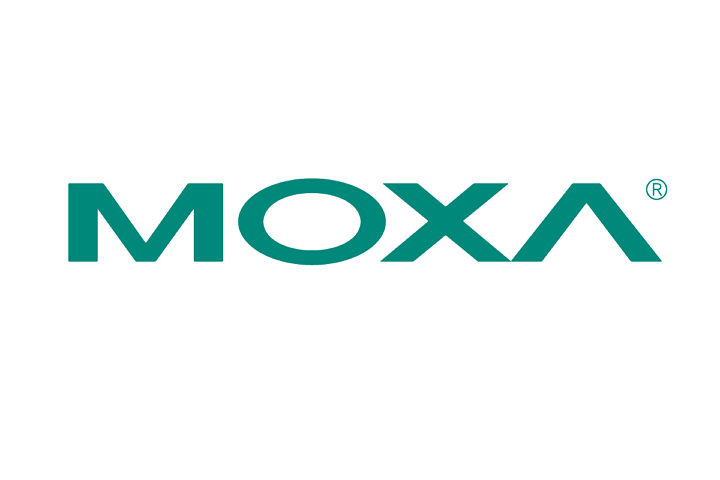The surge in Industrial IoT has led to a notable rise in interconnected devices on networks along with an expansion in the range and intricacy of industrial control networks that often intersect with traditional IT networks. As a result of this significant transformation, network operators are beginning to realize that merely procuring devices for networks does not signify the culmination of their expenses. In reality, it frequently marks just the starting point.
Several of the universal steps involved in the installation, integration, commissioning, operation, and support of an industrial network will now be scrutinized to gain a more profound insight into the Total Cost of Ownership (TCO). Additionally, some preferred strategies and hints on how to decrease the TCO for industrial control networks will also be explored.

Guideline 1: Minimize Installation Expenses for Control Panels
In industrial networks, devices are frequently mounted in control panels alongside other devices powered by varying voltages, hence one option is to procure a power transformer to guarantee compatibility. Nonetheless, this may not be the optimal choice for all network administrators due to space limitations within the panel in which the devices are being installed or the supplementary costs accrued from acquiring power transformers. For certain projects, the expense of deploying new cables can contribute significantly to the overall project costs. A better solution is to employ a device that accommodates a broad spectrum of power inputs that meet the current network requirements and offer additional flexibility for devices that may need to be appended to the network in the future.
Guideline 2: Decrease Configuration Expenditure for Protocol Integration with SCADA Systems
Owing to the amalgamation of industrial automation and IT systems across IIoT networks, EtherNet/IP and PROFINET protocols must devise a method to function in unison on the same network. Devices that have been preconfigured to allow these dissimilar protocols to interact seamlessly permit network administrators to deploy what essentially amounts to a plug-and-play device. These devices often support automated discovery and the capability to allocate IP addresses automatically, thereby obviating a significant portion of the configuration time necessary for these devices. This stands in contrast to utilizing cheaper devices, which would necessitate a much higher level of configuration work later in the project.

Top Practice: Trim Costs via Network Administration Tools
Batch configuration is among the most efficient methods to minimize configuration costs through network management tools. Given the continuous rise in the number of devices on networks, both time and money can be conserved by utilizing mass configurations rather than configuring devices individually. Having the ability to swiftly view the current network status via software or an app is one of the simplest means to monitor a network. Another advantage offered by network management tools is the reduction of maintenance costs by furnishing real-time event notifications via email or mobile apps. These apps and software sometimes include an alert system that warns network administrators of an ongoing event that could lead to a network failure unless addressed promptly.
For further hints and best practices, kindly access the white paper Six Tips on How to Lower the Total Cost of Ownership of Industrial IoT Networks.
- Not Only for Automobiles: Discovering CANbus Technology in Various Industrial Settings - October 29, 2024
- Boost Your Network Performance: An Exciting Manual to PoE Switches! - September 10, 2024
- Understanding Gigabit Switches: Industrial vs Regular Gigabit - September 4, 2024


